Managing finances in Canada has become increasingly challenging as the cost of living continues to rise. However, by making intentional changes in daily spending habits, many households can free up thousands of dollars each year. Here are 20 Canadian budget tips that could save you $10,000 this year.
Track Every Dollar with Budgeting Apps Available in Canada

A substantial budget begins with awareness of where money goes. Canadians can use budgeting apps such as Mint, YNAB (You Need a Budget), or PocketSmith to track income and expenses in real time. These platforms categorise spending, highlight trends, and send alerts when limits are exceeded. By reviewing monthly reports, users identify areas of overspending, such as dining out or impulse shopping. Many apps link directly to Canadian banks and credit cards, making tracking seamless. Consistent use of budgeting tools ensures greater control over cash flow. Knowing exactly where money is spent is the foundation for effective saving.
Switch to No-Fee Online Bank Accounts
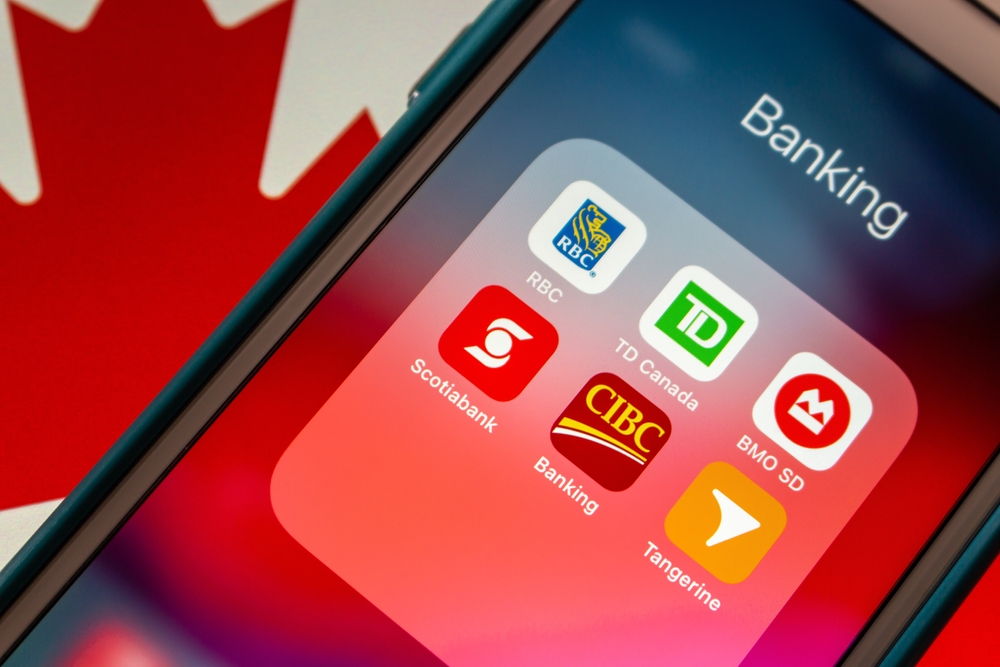
Traditional bank accounts often charge monthly fees of CA$10 to CA$20, which can total over CA$200 per year. By switching to no-fee online banks such as Tangerine, EQ Bank, or Simplii Financial, Canadians can eliminate these unnecessary charges. Many online accounts also offer higher interest on savings, free Interac e-Transfers, and additional features like budgeting tools. Since most banking needs are now managed digitally, brick-and-mortar branch services are less essential for many. Choosing an online bank is a straightforward way to reduce costs and boost savings. Over time, the difference adds up, contributing meaningfully to annual financial goals.
Automate Savings into a High-Interest Account

Saving consistently is easier when it happens automatically. Canadians can set up recurring transfers from chequing to high-interest savings accounts offered by institutions like EQ Bank, Tangerine, or Wealthsimple Cash. These accounts often provide interest rates higher than traditional banks, allowing money to grow passively. Even modest transfers, such as CA$100 per paycheque, accumulate quickly over a year. Automating the process removes the temptation to spend extra funds and helps build financial discipline. Whether earmarked for emergencies, travel, or investments, automated savings ensure that financial goals are prioritised without relying on manual effort or willpower each month.
Pay Down High-Interest Credit Card Debt First

Credit card debt is one of the costliest financial burdens for Canadians, with interest rates often exceeding 19%. Paying only the minimum balance allows interest charges to accumulate rapidly, making debt more challenging to eliminate. A focused strategy—such as the avalanche method, which prioritises high-interest debt—saves the most money over time. Alternatives include consolidating balances through a lower-interest line of credit or a balance transfer promotion. By paying down high-interest debt first, Canadians reduce wasted money on interest and free up cash for savings. Eliminating this type of debt is one of the most effective budget-saving strategies.
Use Cashback and Rewards Credit Cards Strategically

When used responsibly, cashback and rewards credit cards can provide substantial savings. Many Canadian banks and credit unions offer cards that return 1% to 5% on everyday purchases such as groceries, fuel, and recurring bills. For example, cards like the Tangerine Money-Back Credit Card allow users to select bonus categories. By paying balances in full each month, Canadians avoid interest while maximising rewards. Points earned can be redeemed for travel, merchandise, or statement credits. Using rewards strategically—without overspending simply to earn points—turns regular purchases into savings opportunities that contribute to overall budget efficiency.
Buy Generic Brands Instead of Name Brands

Grocery and pharmacy spending are significant components of Canadian household budgets. Choosing generic or store-brand products instead of name brands can reduce costs by 20% to 40% without compromising quality. Chains such as Loblaws (No Name), Walmart (Great Value), and Shoppers Drug Mart (Life Brand) offer a wide range of affordable alternatives. Studies show that many generics are manufactured by the same companies as premium brands but sold at lower prices due to simpler packaging and marketing. Over a year, consistently buying generics for staples like food, cleaning supplies, and medication can save Canadians hundreds of dollars.
Cook at Home and Meal Prep Instead of Eating Out

Restaurant dining and takeout meals quickly inflate monthly spending, with Canadians spending hundreds annually on food outside the home. Preparing meals at home is significantly more cost-effective and offers healthier choices. Meal prepping—cooking larger portions and storing them for the week—reduces impulse spending and wasted ingredients. A home-cooked dinner can cost as little as CA$5 per serving, compared to CA$20 or more at restaurants. Batch-cooking soups, curries, or pasta dishes ensures convenient options are always available. By planning menus, shopping strategically, and using leftovers wisely, households can save thousands each year while enjoying balanced, customised meals.
Shop Smart with Flyers, Coupons, and Price-Matching Apps

Flyers and price-matching tools help Canadians secure the best deals on groceries and household items. Apps such as Flipp or Reebee allow users to compare weekly sales across retailers. Many stores, including Walmart and Real Canadian Superstore, offer price-matching policies where customers pay the lowest advertised rate. Digital coupons and loyalty-linked offers further increase savings. Consistently using these tools ensures that items like produce, pantry staples, and household goods are purchased at competitive prices. Although savings per transaction may seem modest, they accumulate significantly over the year. Shopping smart ensures household budgets stretch further without sacrificing quality.
Negotiate Lower Rates on Internet, Cable, and Phone Plans

Telecommunications costs in Canada are among the highest globally, but many consumers accept standard rates without negotiation. Contacting providers and requesting loyalty discounts, promotional rates, or service downgrades often results in reduced bills. Competitors frequently offer switching incentives, giving leverage for negotiation. For example, bundling services or opting for smaller providers can lower costs substantially. Even a CA$20 monthly reduction saves CA$240 annually. Canadians who regularly review and negotiate their plans prevent unnecessary overspending. With services that continually evolve, maintaining awareness of market offers ensures access to better value without compromising essential connectivity.
Cancel Unused Subscriptions and Memberships

Recurring charges from streaming services, gyms, or digital apps can silently drain finances if not actively monitored. Many Canadians sign up for free trials but forget to cancel or keep paying for memberships they rarely use. Reviewing monthly bank statements helps identify wasteful charges. Cancelling underused subscriptions can free up significant funds over the year. For example, eliminating just three services at CA$15 each saves over CA$500 annually. Canadians should also consider sharing family plans where possible. Regular subscription audits ensure money is spent intentionally rather than wasted on forgotten or unnecessary services.
Use Public Transit or Carpool to Cut Transportation Costs
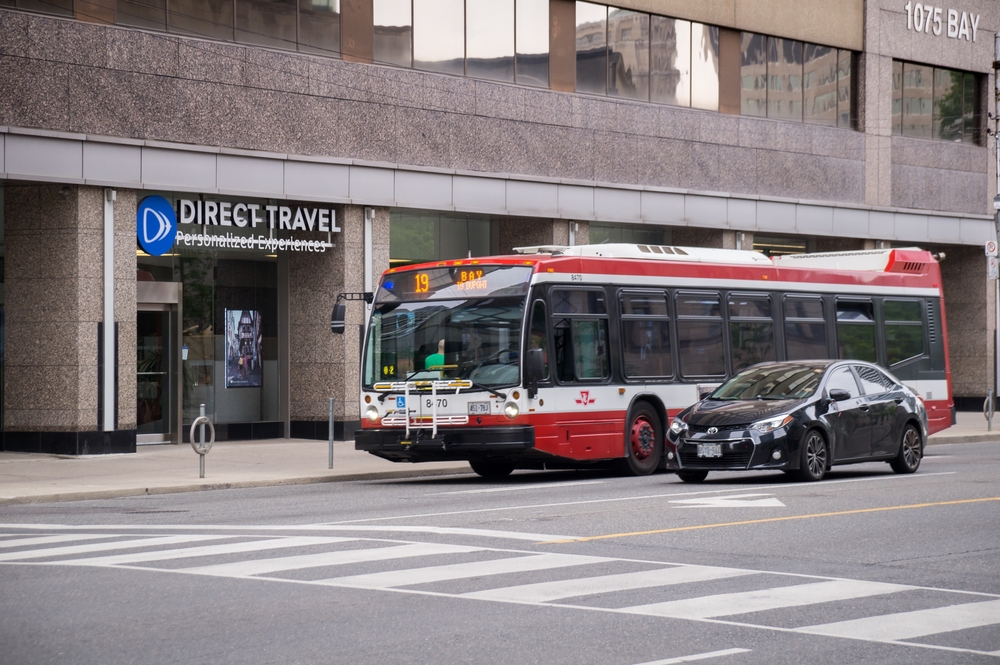
Owning and operating a car in Canada can exceed CA$8,000 annually when considering fuel, insurance, maintenance, and depreciation. Public transit, when accessible, offers substantial savings for daily commuting. Monthly passes are often far cheaper than parking and fuel combined. Carpooling with colleagues or neighbours also reduces costs while decreasing environmental impact. Ridesharing platforms help connect drivers and passengers, making it easier to share expenses. For households with multiple vehicles, downsizing to one car and using transit can yield even larger savings. Adjusting transportation habits is one of the most effective ways to cut recurring costs.
Buy Used or Refurbished Electronics and Furniture

Purchasing new electronics and furniture is often unnecessary when quality used or refurbished options are available. Platforms such as Kijiji, Facebook Marketplace, and Best Buy Canada’s certified refurbished programme provide affordable alternatives. Refurbished electronics are tested and warrantied, making them reliable for a fraction of retail cost. Gently used furniture is widely available, often at steep discounts. Canadians who choose second-hand options save hundreds per purchase without compromising functionality or style. This approach also supports sustainability by extending product lifecycles. With careful selection, buying used or refurbished items delivers high value at a significantly reduced cost.
Take Advantage of Loyalty Programmes and Cashback Apps

Loyalty programmes such as PC Optimum, AIR MILES, and Canadian Tire Triangle Rewards provide consistent savings on everyday purchases. Points accumulate on groceries, fuel, and household goods, with regular promotions offering bonus multipliers. Cashback apps like Rakuten and Checkout 51 give additional rebates on both in-store and online shopping. When combined with credit card rewards, these programmes can deliver meaningful annual returns. For example, a family spending CA$500 monthly on groceries could accumulate enough points for CA$200 to CA$300 in rewards each year. Ignoring these benefits leaves easy savings untapped, while consistent participation strengthens overall budget efficiency.
Shop in Bulk for Long-Lasting Household Essentials

Household essentials such as cleaning products, toiletries, and dry foods often cost less when purchased in larger quantities. Retailers like Costco and Walmart provide significant savings per unit when buying bulk packages. Families with storage space benefit most, as frequently used items can be stocked for months at reduced costs. Bulk buying also minimizes the frequency of shopping trips, saving time and transportation costs. The key is focusing on non-perishable items or products with long shelf lives. Canadians who overlook bulk options often spend more over time on repeat small purchases that provide less value per dollar.
Review Insurance Policies for Better Rates

Insurance premiums for auto, home, and life coverage vary widely across providers. Many Canadians renew policies automatically without comparing options, leading to overpayment. Shopping around with multiple insurers or using online comparison tools often reveals lower rates with similar coverage. Increasing deductibles or bundling home and auto policies can further reduce costs. Annual reviews are crucial as circumstances and market rates change. Even a modest 10% reduction in premiums can save hundreds annually. By proactively reassessing insurance policies, Canadians ensure they are not paying more than necessary for essential protection and financial security.
Reduce Utility Bills with Energy-Efficient Habits
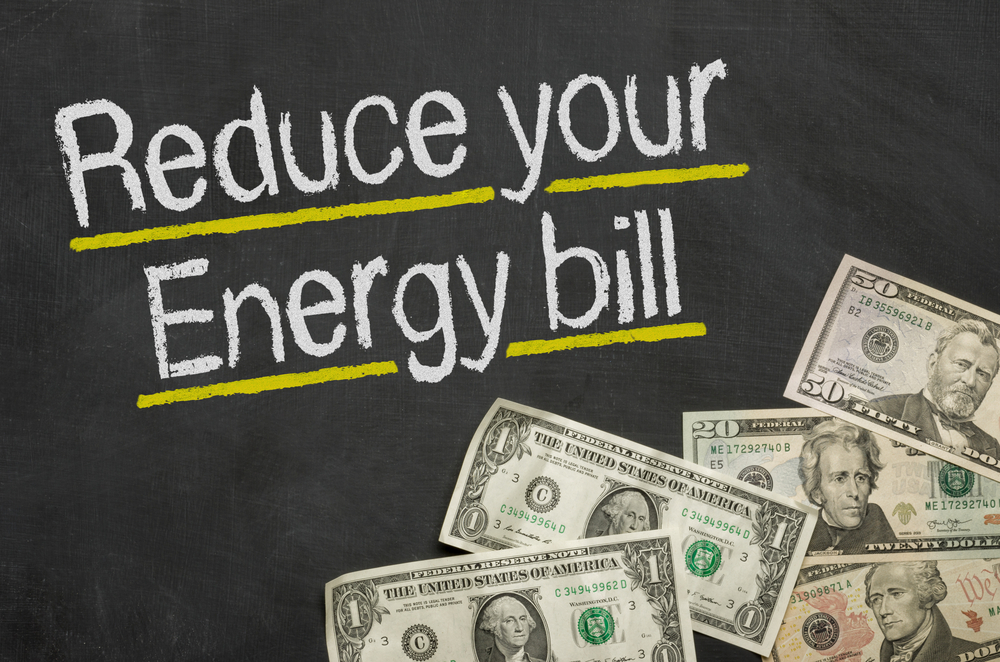
Household utility bills can be significantly lowered by adopting energy-efficient practices. Canadians can switch to LED lighting, unplug idle electronics, and install programmable thermostats to optimise heating and cooling. Simple actions, such as washing clothes in cold water and air-drying when possible, further reduce electricity use. In winter, sealing drafts and using proper insulation helps cut heating costs, which account for a large share of energy bills. Many provinces also offer rebates for upgrading to energy-efficient appliances. Consistent small changes can lower monthly bills by CA$50 to CA$100, amounting to hundreds of dollars in savings annually.
Plan Vacations Using Points, Miles, and Off-Peak Deals

Travel does not need to strain a budget when approached strategically. Canadians can accumulate travel points through credit card rewards, airline loyalty programmes, and hotel memberships. These points can offset flights, accommodation, or car rentals. Booking during off-peak seasons or mid-week often yields lower prices. Additionally, discount websites and package deals reduce costs further. For example, redeeming accumulated points for a family flight can save CA$1,000 or more. Careful planning, flexibility, and maximising rewards ensure that vacations remain affordable without sacrificing quality. Using points and miles effectively turns everyday spending into valuable travel savings.
Maximise Tax Credits and Deductions Available in Canada
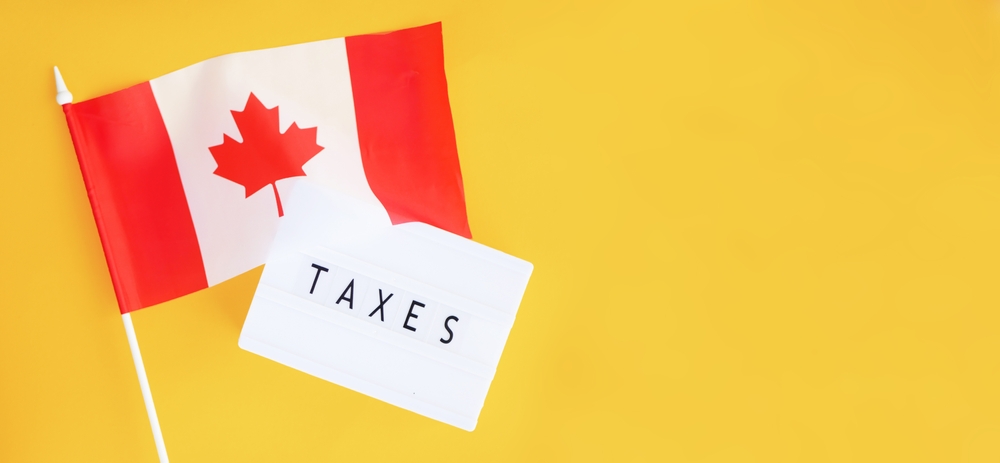
The Canadian tax system provides numerous credits and deductions that reduce overall liability, but many go unclaimed. Examples include the Canada Workers Benefit, medical expense credits, and tuition tax credits for students. Families can benefit from the Child Care Expense Deduction, while homeowners may qualify for credits related to energy-efficient upgrades. Filing taxes with certified software or consulting professionals helps ensure no benefit is overlooked. Even modest credits can add up to hundreds of dollars annually. By maximising available deductions, Canadians retain more of their income and strengthen their ability to save or invest effectively.
Set a Monthly Entertainment Budget and Stick to It

Entertainment expenses such as dining out, streaming services, and social activities can escalate quickly if not managed. Establishing a monthly limit ensures these costs remain affordable. Canadians can use prepaid cards, separate accounts, or budgeting apps to track entertainment spending. Free or low-cost alternatives—such as community events, library resources, or outdoor activities—help stretch budgets further. Setting boundaries does not mean eliminating enjoyment; it means making intentional choices that align with financial goals. Consistently monitoring entertainment spending prevents overspending and creates more room for savings, ensuring a balance between lifestyle and long-term financial security.
Build an Emergency Fund to Avoid Future Debt
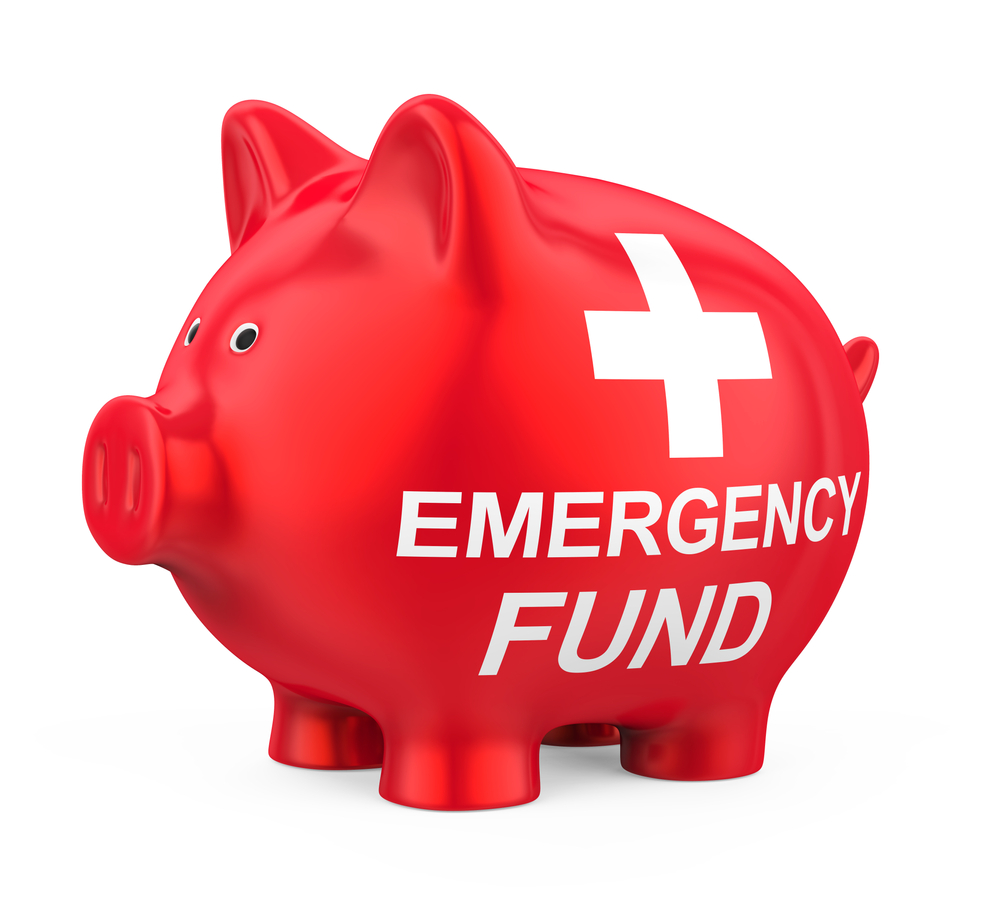
Unexpected expenses, such as car repairs, medical bills, or job loss, can derail financial stability if no safety net exists. Building an emergency fund protects Canadians from relying on high-interest credit cards or loans in such situations. Experts recommend saving three to six months of living expenses, starting with small, consistent contributions. High-interest savings accounts are ideal for storing this fund while allowing easy access when needed. Even saving CA$25 per week accumulates CA$1,300 annually. A well-funded emergency reserve reduces stress, provides security, and ensures that unforeseen circumstances do not undo financial progress.
21 Products Canadians Should Stockpile Before Tariffs Hit

If trade tensions escalate between Canada and the U.S., everyday essentials can suddenly disappear or skyrocket in price. Products like pantry basics and tech must-haves that depend on are deeply tied to cross-border supply chains and are likely to face various kinds of disruptions
21 Products Canadians Should Stockpile Before Tariffs Hit